The human body is made of various external and internal organs. These organs are essential and make our daily activities easy and convenient. It is essential to learn about our body parts as it helps us be healthy and aware of our surroundings.
External body parts are the organs that we can see and touch. They define our physical appearance and serve vital body functions. These external body parts work together to help us move, see, hear and play a crucial role in our interactions with the environment. Understanding these body parts helps us know how our body works. These parts include the head, arms, legs and many more. Some of the body parts are paired and some are single. We will study each of the labelled body parts in detail and see what they help us with in day-to-day life.
Names of the External Body Parts
Head

The head is the uppermost region of our body located above the neck. It is the region where our face, eyes, nose, hair, mouth and ears are located. The head has 4 sense organs and is made up of a strong skull that protects the internal parts. It is a flexible organ which can be turned from left to right.
Hair
Hair are thin flexible structures that rise out of your skin. Your head has more than 100,000 hair. You might lose about 50-100 hair daily while washing and combing them. The function of hair is to provide proper cushioning for the skull and keep your head warm.
Eyebrows
The eyebrows are a line of short hair growing on the ridge of bone above each eye. Eyebrows prevent sweat, dirt and water from entering our eyes and direct it sideways around the eyes. They also play a significant role in helping us express our emotions and communicate our expressions.
Eye
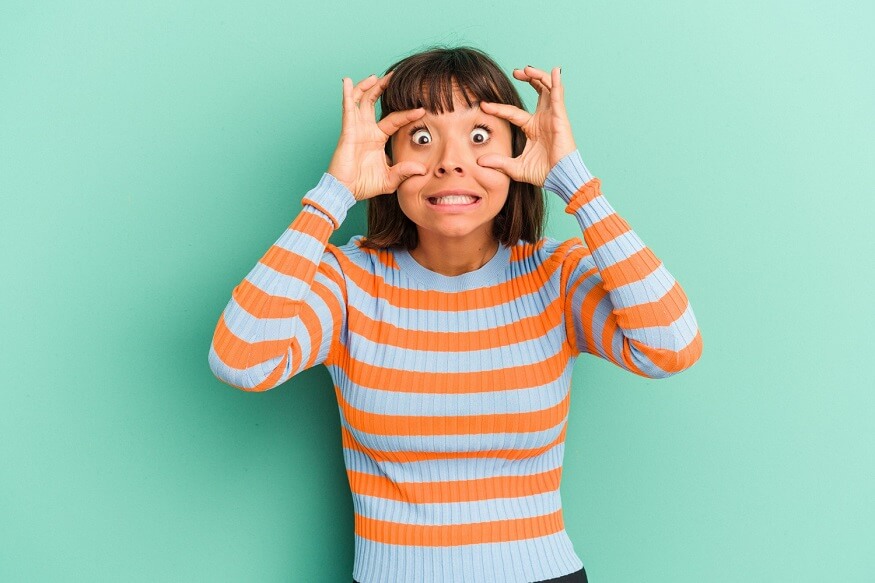
The eyes are sensory organs that helps you see the world around. When you see anything your eyes capture the image and store it in the memories. Eyes are located below the eyebrows. You should take good care of them as they are a very important part of your life.
Nose
The nose is another sensory organ that helps you smell. It helps you experience all kinds of scents like the fragrance of a flower or unpleasant smells. It also helps you breathe air through the holes called nostrils. The nose is situated in the middle of our face.
Ear
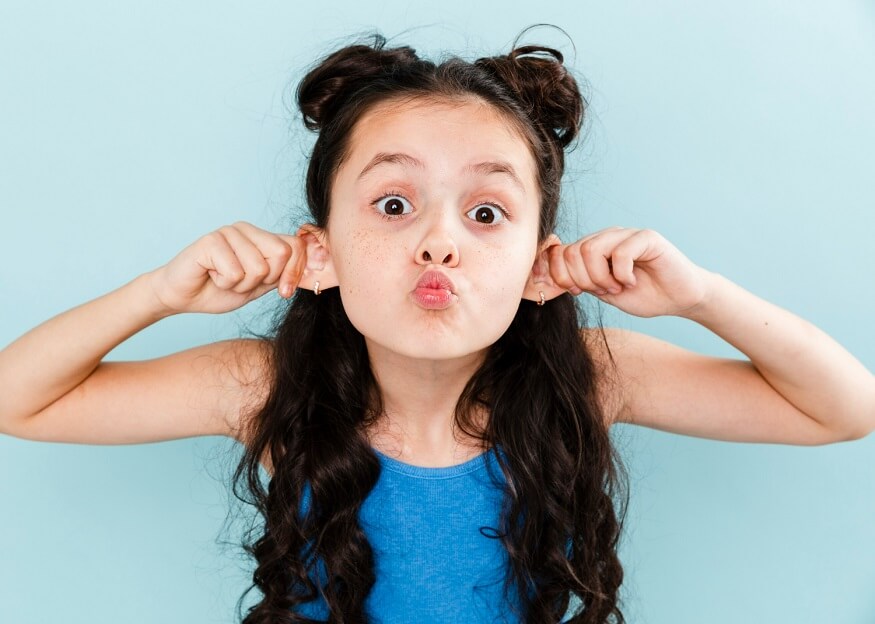
The ears are sensory organs that help you listen to all the sounds like birds chirping, the laughter of your friends and your favourite music. Our ears are located on the side of our head. We should protect them from loud noises.
Mouth
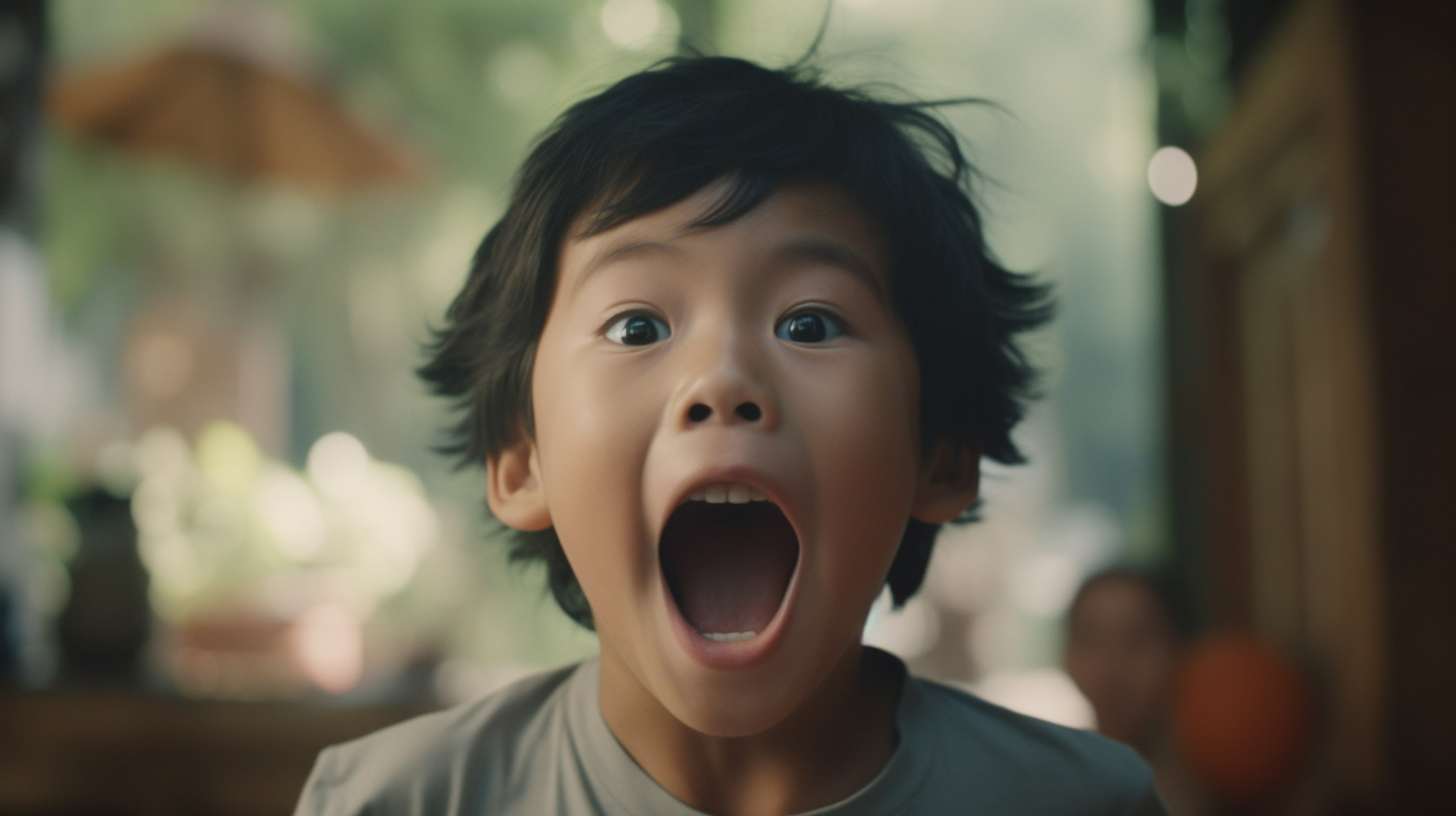
Your mouth is one of the most important parts of your body that helps you eat, drink and breathe. The mouth also helps us communicate with other people and express our thoughts. The mouth contains teeth, gums and tongue to carry out different functions.
Teeth
All humans have 32 teeth that help us to chew the food we eat. It breaks the food into smaller pieces so the body can digest it. We should keep our teeth clean to keep them healthy and strong. It should be cleaned twice daily so that germs do not enter our body.
Chin
The chin is found below the mouth and is the forward part of our jaw. It can be different sizes for different people. It supports the jaw and makes chewing easier.
Neck
The neck is the part that connects the head to the rest of the body. It helps us move our head right, left, up, down and in circles.
Chest
The chest is the upper front of the body between the neck and the waist. It holds and protects vital organs like the heart and lungs. The chest makes sure that the vital organs are protected from external shock or damage.
Stomach
The stomach is the part where the food goes and gets digested. It stores the food chewed by us and then mixes and churns it so our body can absorb it. The stomach is located near our abdomen.
Arms
Arms are the extended parts of our body that help us in various functions like holding, lifting, pushing and throwing. Arms are also called the upper limbs. The different parts of an arm are the upper arm, elbow, wrist, palm and fingers.
Legs
The lower limbs of our body are called legs. They are also extensions of our body. The different parts legs are the upper leg, thigh, knee, lower leg, ankle, foot, and toes.
Tips to Keep Your External Body Parts Clean and Healthy
- Drink plenty of water to keep yourself hydrated. If you drink plenty of water, your organs function well and your skin looks healthy.
- Brush your teeth twice a day. Doing this helps you keep your teeth healthy and strong. It also prevents the germs in your mouth from entering your body.
- Protect your ears from loud noise with sound-cancelling earplugs and listen to music or watch TV on a lower volume. This will help you protect your ears from damage.
- Do not use electronic devices like phones, tablets or computers for a prolonged time. Watching the screen for a longer time can strain your eyes.
- Exercise for at least 20-30 minutes a day to keep your body healthy. Exercising can help you prevent diseases and there are fewer chances that you will get ill.
- Stretch your muscles before and after exercising to keep them flexible and prevent injuries.
- Wash your hands before and after eating food so that the germs on your hands can not enter your body. This will help prevent illness and diseases.
- Try not to consume sugary snacks and drinks. Sugar can harm your teeth and cause weight gain.
- Wear properly fitting footwear that supports your feet. By doing this you can avoid foot pain, blisters and ingrown nails.
Understanding the names and functions of human external body parts is essential for maintaining overall health and well-being. By familiarizing ourselves with these parts, such as the head, hair, eyes, nose, ears, mouth, teeth, chin, neck, chest, stomach, arms and legs, we can better appreciate how they contribute to our daily activities and interactions with the environment. At Mother’s Pet Kindergarten, we emphasize the importance of learning about our body parts to help children stay healthy and aware of their surroundings.

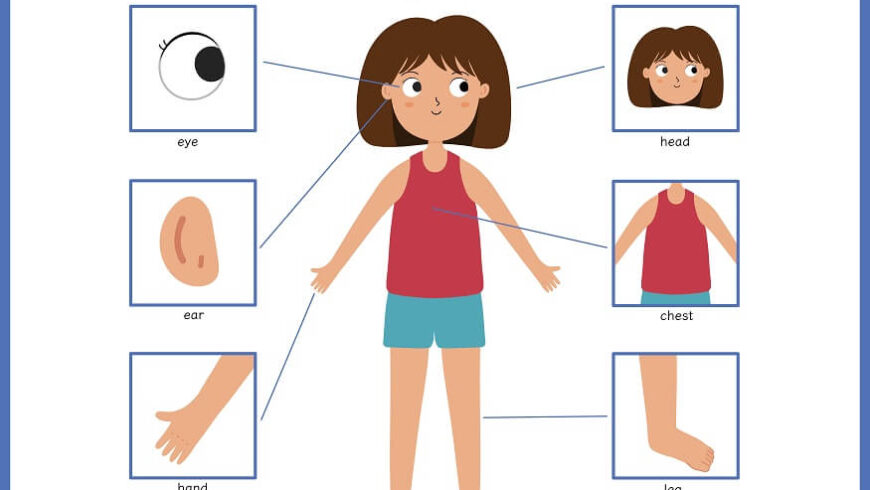

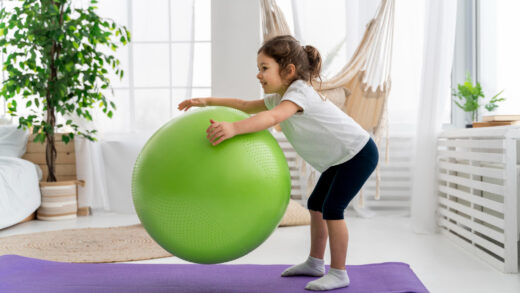
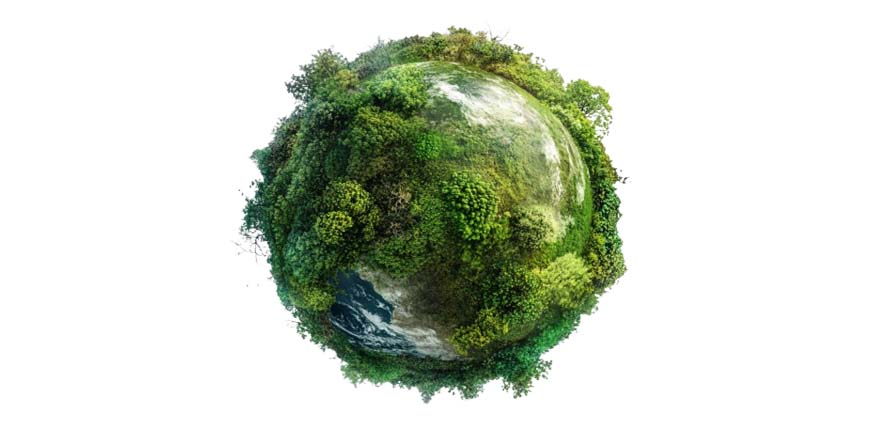

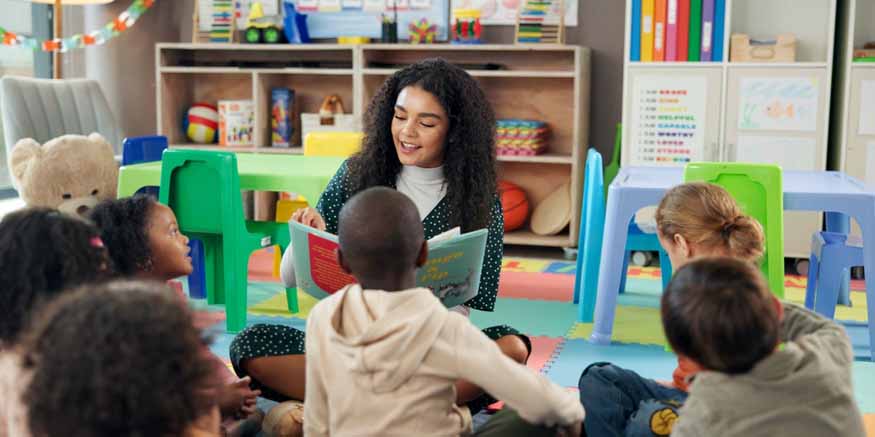
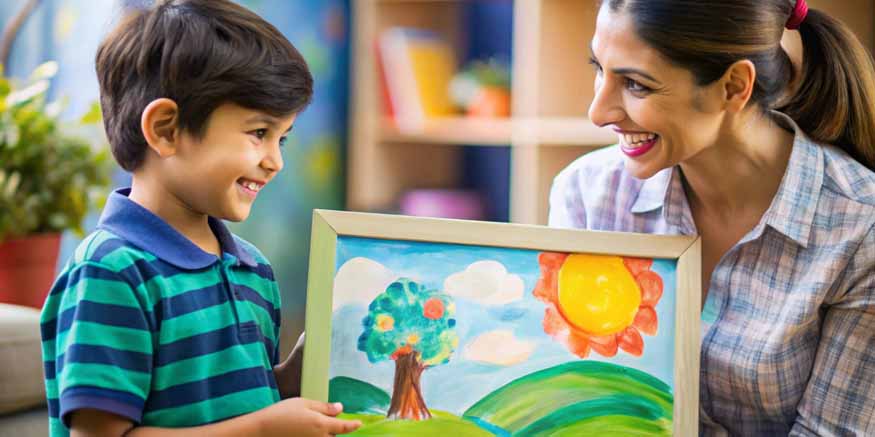
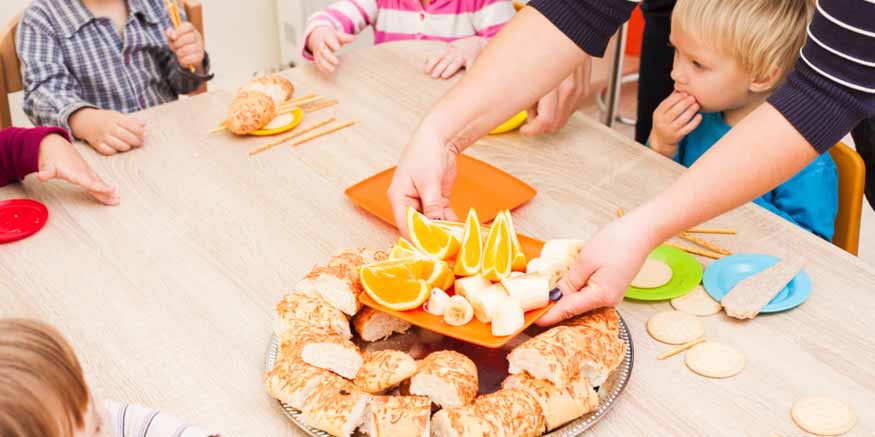
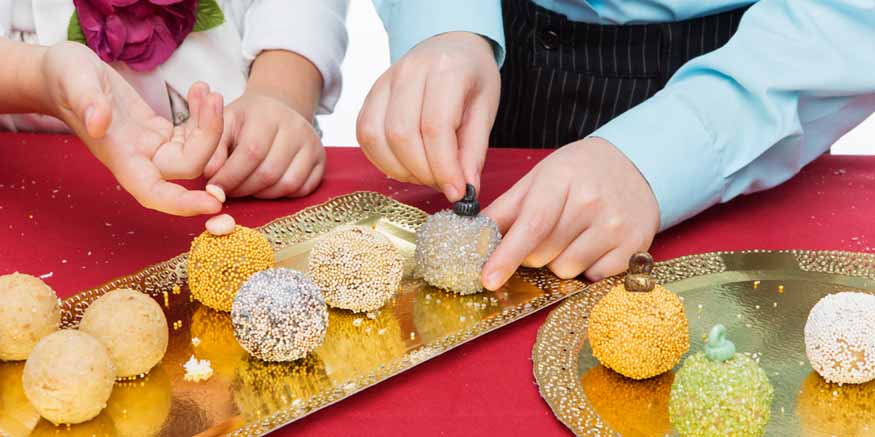
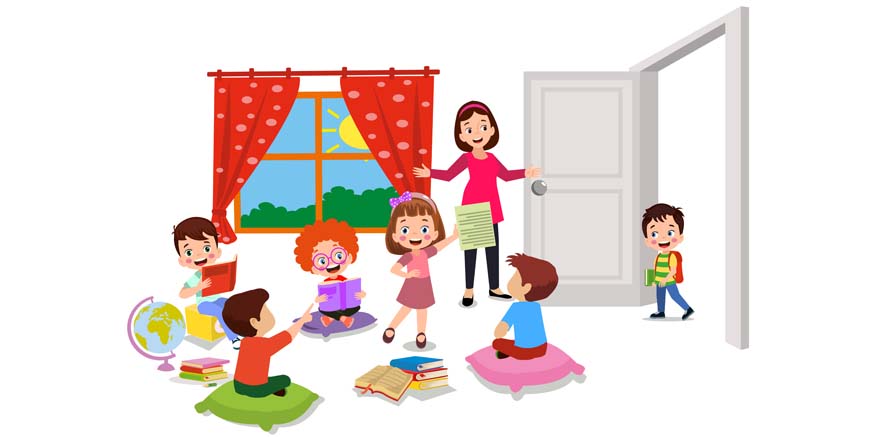
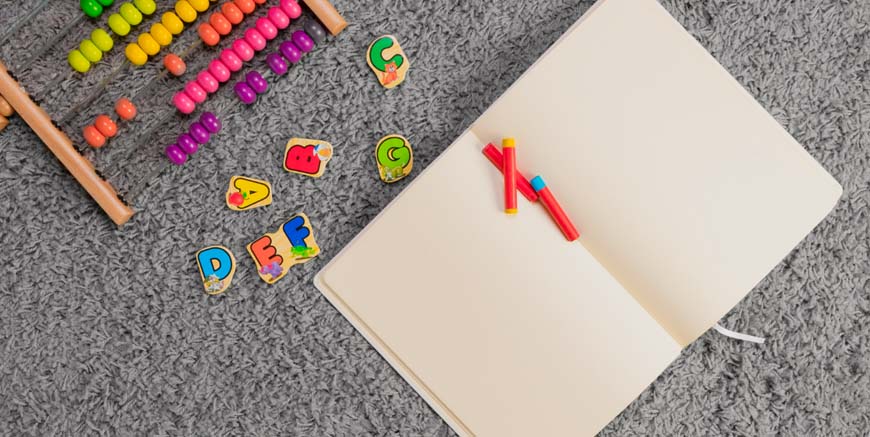
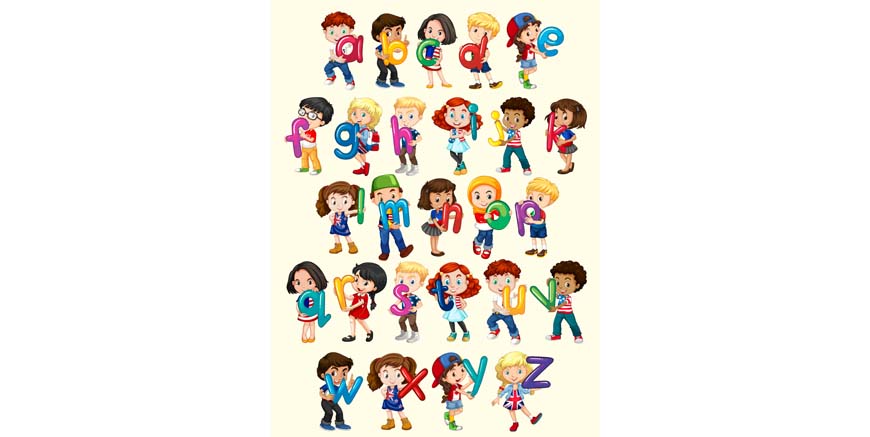
Recent Comments